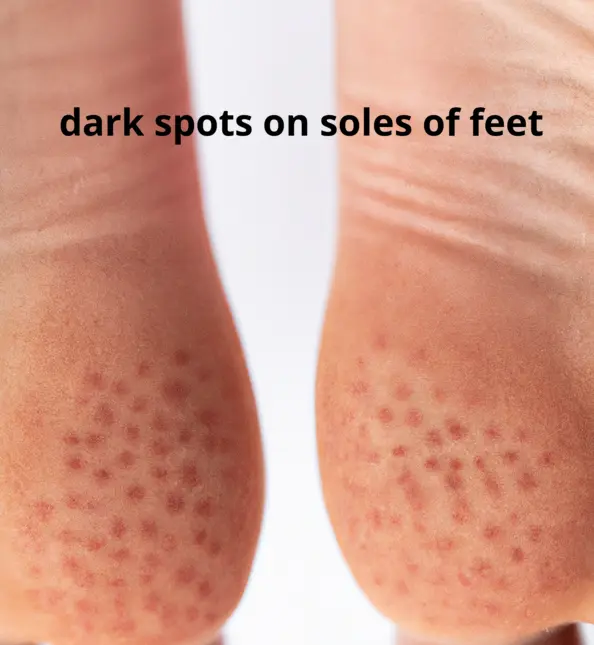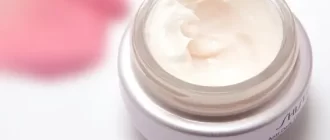The presence of dark spots on the bottom of the feet can be worrisome and potentially point to a deeper problem. There are multiple factors that can contribute to the development of these dark spots, so it is crucial to determine the root cause in order to find the right treatment.
Depending on the root cause, there may be other symptoms that come along with the dark spots. The goal of treatment is to target the specific cause of the dark spots, while preventative measures are meant to keep the feet healthy and clean.
Causes
Some possible causes of dark spots on the soles of the feet include:
- Hyperpigmentation: Excessive production of melanin, the pigment responsible for the color of our skin, can lead to dark spots. This can occur due to factors like sun exposure, hormonal changes, certain medications, or skin trauma.
- Calluses: Repeated friction or pressure on specific areas of the feet can result in the thickening of the skin known as calluses. These thickened areas can appear darker in color.
- Fungal infections can lead to the development of dark spots on the soles of the feet, as is the case with tinea pedis or athlete’s foot. Alongside these spots, individuals may also experience additional symptoms including itchiness, redness, and peeling of the skin.
- Dermatitis: Allergic reactions or skin inflammation can also lead to dark spots. Contact dermatitis, for example, occurs when the skin comes into contact with irritating substances or allergens, while atopic dermatitis can result from a combination of genetic and environmental factors.
Treatment Options
Treatment options for dark spots on the soles of the feet vary depending on the cause:
- Hyperpigmentation: Topical creams, lotions, or ointments that contain ingredients like hydroquinone, retinoids, or corticosteroids may be used to lighten the dark spots. Dermatological procedures like chemical peels or laser therapy can also help improve the appearance of hyperpigmentation.
- Calluses can be reduced in thickness and dark spots lightened by regularly exfoliating, moisturizing, and gently filing with a pumice stone or foot file. If the calluses are severe or causing pain, a healthcare professional like a podiatrist may suggest seeking professional treatment.
- Fungal infections: Over-the-counter antifungal creams, powders, or sprays can be effective in treating fungal infections. In more severe cases, prescription medications may be necessary. Keeping the feet clean and dry, wearing breathable footwear, and avoiding sharing personal items like towels or shoes can help prevent fungal infections.
Prevention Measures
Prevention of dark spots on the soles of the feet relies on good foot hygiene and care:
- Maintain cleanliness: Regularly wash and dry your feet thoroughly, paying attention to spaces between toes where moisture can accumulate.
- Moisturize: Apply a moisturizer or foot cream daily to prevent dryness, cracking, and callus formation.
- Wear proper footwear: Choose shoes that fit well and provide adequate support. Avoid tight, uncomfortable shoes that may cause friction and pressure on the feet.
- Protect from the sun: Apply sunscreen to the feet when exposed to sunlight, especially during extended periods outdoors.
It is crucial to seek the advice of a healthcare professional or dermatologist if you notice any dark spots on the bottom of your feet. They can accurately diagnose the issue and provide the right treatment plan. Additionally, they can offer guidance on how to care for your feet and prevent any further complications.







